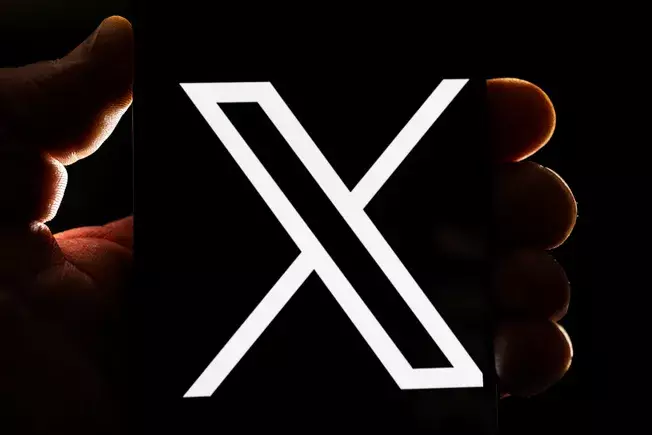As social media platforms continue to evolve, they often face scrutiny regarding user experience and safety features. Recently, X (formerly known as Twitter) has been rumored to move toward abolishing the block function, igniting a heated debate among its user base. This controversial decision stems from the platform’s ownership under Elon Musk, who frequently highlights the enormity of block lists and their perceived detrimental impact on user engagement. This article delves into the implications of this potential change, the reasoning behind it, and the broader context of social media dynamics.
Understanding the Background
For over a year, X has been assessing its blocking functionality after Musk reportedly discovered he holds the dubious title of being one of the most blocked individuals on the platform. It is hypothesized that this discovery has led Musk to criticize the effectiveness of the blocking feature, arguing that it ultimately serves little purpose because users could simply switch accounts to circumvent blocks. This perspective may overlook the fundamental reasons users choose to block others, such as shielding themselves from harassment or simply wishing to curate their social media environment.
The core issue is not merely about visibility; it is about user autonomy and safety. The ability to block someone is often seen as a protective measure that empowers users to dictate their content interactions. Dismissing this functionality could consequently embolden negative behaviors, allowing toxic interactions to proliferate rather than diminish.
Rumors surrounding X’s impending changes to blocking functionality suggest that while blocked users will still be able to view public posts, they will no longer be allowed to interact with those posts through likes, replies, or reposts. This new approach appears to be presented under the guise of fostering transparency and allowing users who have been blocked to witness any negative discourse about them. However, this justification feels inadequate when considering the multitude of reasons why users employ blocking as a tool of protection.
Take for instance victims of online harassment. For individuals dealing with persistent unwanted attention or abuse, blocking serves as a crucial safeguard. The idea that a blocked individual could still peruse their posts—while being unable to engage—does little to address or alleviate the psychological stress associated with such harassment. Thus, a system that promotes increased visibility for previously blocked users could inadvertently expose vulnerable individuals to further distress.
The Effect on User Experience and Safety
X’s decision to weaken the blocking feature raises pertinent questions about the platform’s commitment to user safety and satisfaction. While the rationale behind this change may be aimed at increasing content visibility—potentially optimizing algorithmic feeds and engagement metrics—it simultaneously neglects the experiences of everyday users who rely on blocking to create a safe space within the digital landscape.
Moreover, the argument that blocked users will benefit from the ability to report negative content seems more like a short-sighted marketing gimmick than a well-thought-out enhancement of user experience. After all, should the responsibility of monitoring and reporting harmful behavior fall on the individuals who have already felt the need to block those behaviors?
History has shown that social media companies have often prioritized engagement over user welfare, with changes resulting in adverse consequences for user experience. X’s proposed approach risks alienating a segment of its user base that views blocking as an essential feature for maintaining their digital well-being.
When dissecting Musk’s motivations, it becomes crucial to consider potential layers of influence behind this decision, including personal interests in maximizing visibility for his posts and the political connotations surrounding “mass block lists.” By undermining blocking, X inadvertently opens the door for potentially more radical content to infiltrate user feeds, thereby reshaping the platform’s ideological landscape.
In essence, it is plausible that X’s leadership sees diminishing block functionalities as a strategic move to bolster engagement from marginalized voices—voices that potentially clash with dominant narratives. However, such changes can lead to unintended consequences, including heightened polarization and even greater instances of online violence.
As X inches closer to enacting these changes, a crucial dialogue needs to take place between the platform and its user base. Social media companies must recognize their responsibilities to provide safe, secure environments. While some may argue that blocking lacks efficacy, the reality remains that individuals need tools to protect themselves from unwanted interactions and potential harassment.
Ultimately, the future of X’s blocking functionality is still uncertain. Whether the leadership chooses to uphold the sacredness of user autonomy and safety or bend to the whims of engagement metrics remains to be seen. However, it is imperative that users—especially the most vulnerable—voice their concerns and advocate for features that prioritize their psychological well-being over mere visibility. The digital landscape must uphold basic standards of personal safety, or risk spiraling into an environment where toxicity prevails over connection and community.

